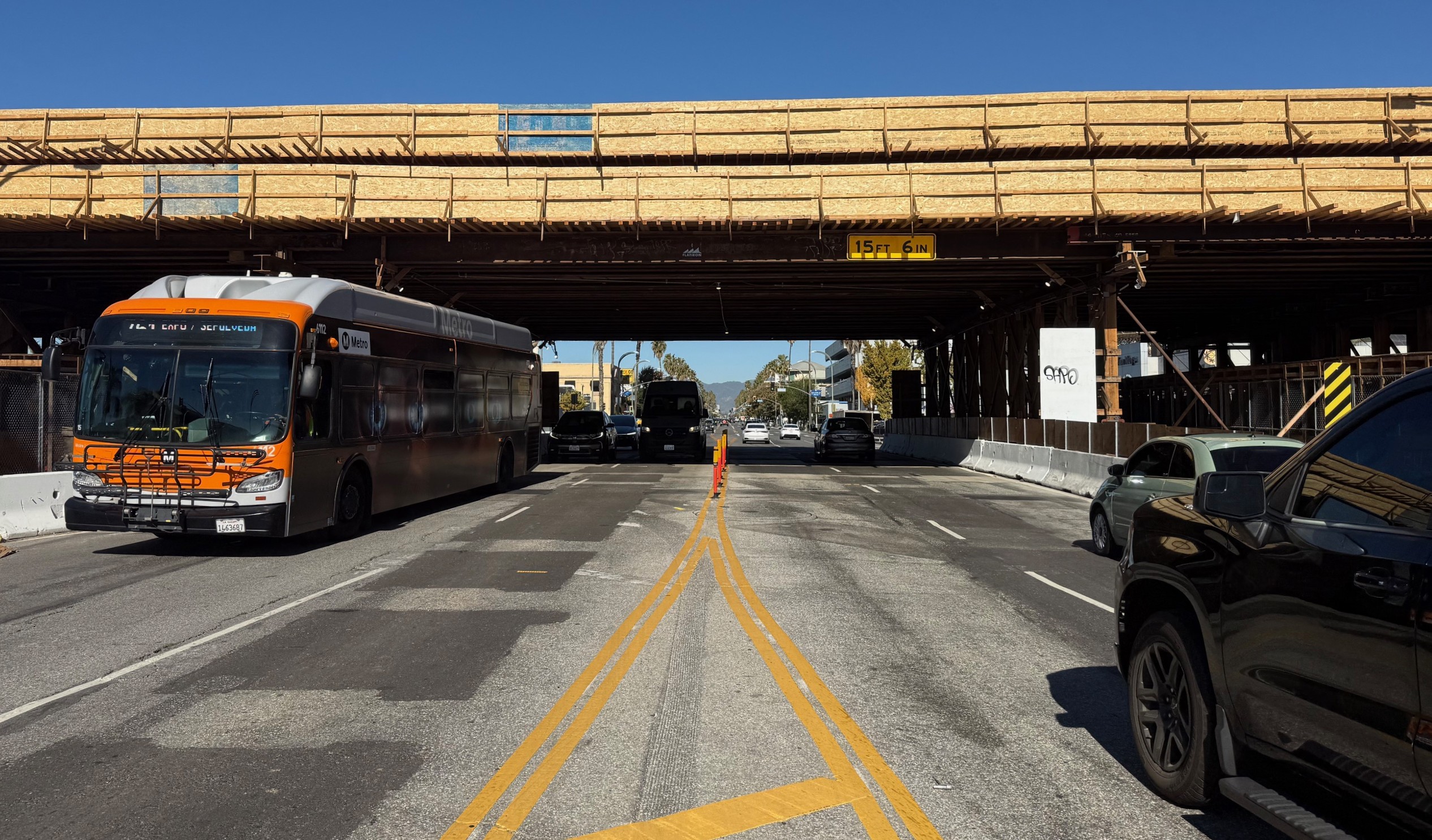Some who want to live near amenities that come from having a lot of people living relatively close together, like cafes and small markets and shops, are also resistant to the type of development that makes walkable retail possible.

Julie Kosbab at Streets.mn offers this example from a suburb of Minneapolis, where residents seem to draw absolutely no connection:
In Blaine, there has been a very suburban kerfuffle: Within a large, multi-builder housing development, there were several commercial plots. Despite the housing boom in the area, no one would step up to develop them as commercial, because no one wanted to occupy a potentially developed property. Why?
Lack of density, of course. While most of the development was planned for low- and medium-density housing, one of the biggest protests in Blaine City Council history was when a builder proposed a 157-unit luxury apartment complex on a nearby plot. Nooooo, not luxury apartments! Why, they can ruin a neighborhood! They might be… too luxurious?
Due to neighborhood protest, the plan for this added density was shot down.
Now, many of the same residents who opposed the apartments are shrieking that they were “misled” because they were prooooomised retail! And now those mean builders want to build more homes instead! One city council member bemoaned people who invested in homes based on a “dream” who were being denied that dream.
The reality is that without high-density housing nearby, no one is going to want to be a retail unit in that neighborhood. Even small retail with high-end appeal (childcare? yoga? coffee?) requires a degree of density to support the cost of the property and reasonable financials. Neighbors have suggested businesses they would like to see, but have no real explanation for the lack of business plan that can support such businesses given density and traffic patterns.
Elsewhere on the Network today: Systemic Failure reviews a report that found "Buy America" domestic purchasing requirements are driving up the cost of buses, and make them less efficient. Urban Review STL wonders why raised crosswalks aren't more widely used. And the Dallas Morning News' Transportation Blog reports on the Texas Department of Transportation's ongoing financial woes, which are not helped by its neglect of maintenance obligations.






